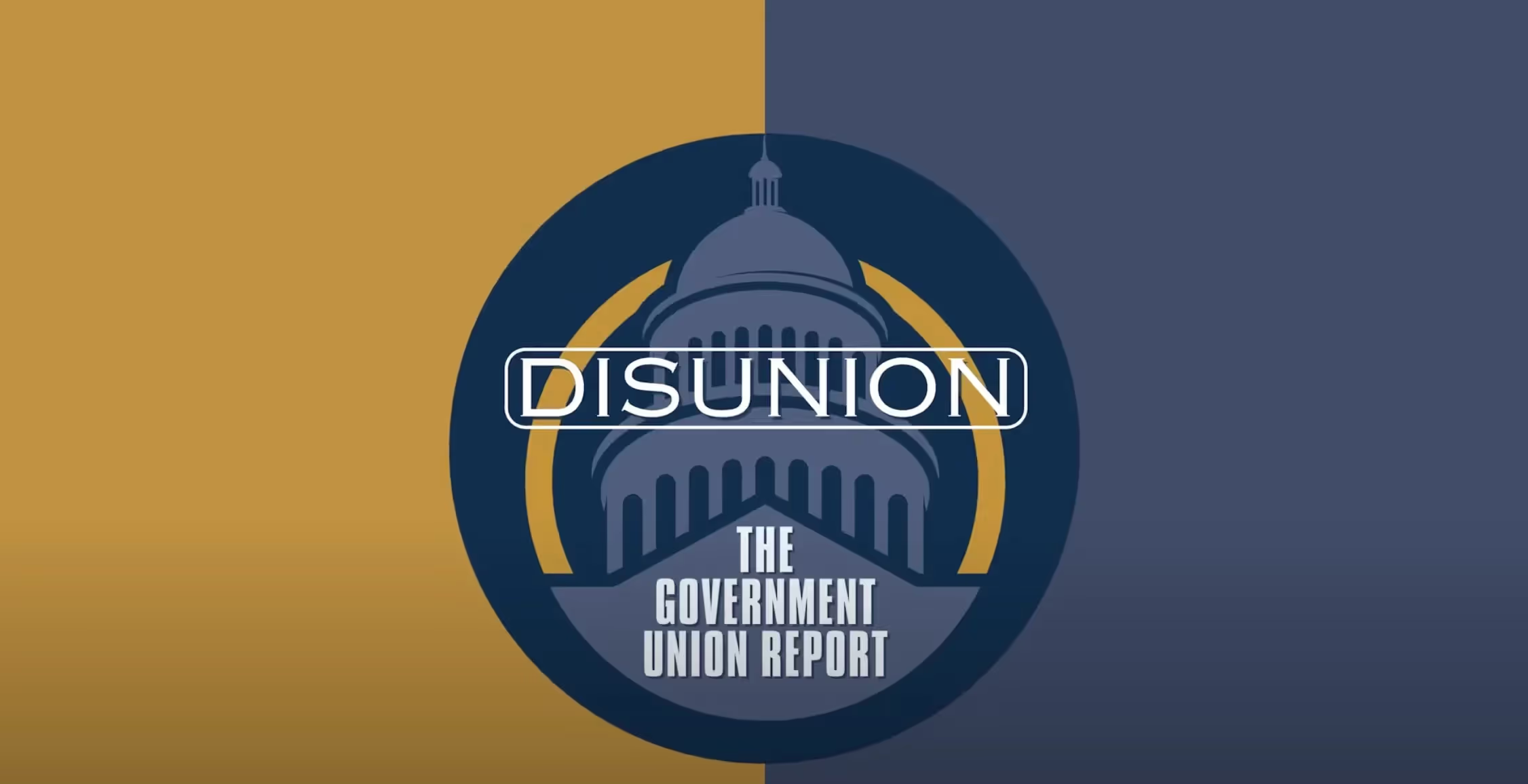
Generative AI Is Expanding Rapidly in 2025
In the past few quarters, the use of large language models (LLMs) at work has increased from approximately 30% to around 40%.
We likely all hear about Generative AI, but how much is it being used in the labor force and by what types of jobs? How fast is it growing? What jobs might be automated away with AI tools as substitutes, and what jobs might be made more productive with AI tools as complements? Are those below the median income or the less educated more exposed to these changes? Recent surveys conducted by my coauthors and me shed some light on how Generative AI tools are diffusing in the US labor force and reshaping our tasks.
We have found that, in the past few quarters alone, the use of large language models (LLMs) at work has increased from approximately 30% to around 40%. Our survey results on a 2025 Generative AI surge are consistent with many other data points including first quarter Nvidia earnings which surprised markets to the upside in revenue growth, soaring Google searches for ChatGPT which have almost doubled in 2025 alone, the number of ChatGPT users hitting 1 billion (after doubling in just a few weeks) according to OpenAI CEO Sam Altman, and the rapidly rising number of business subscriptions to LLMs, as reported by Ramp. Our U.S. survey evidence has found significant increases in Gemini and ChatGPT over the past quarter, and that ChatGPT and Gemini remain the most widely used LLMs.
How are LLM tools transforming tasks at work and shaping productivity gains? Early evidence suggests that, for certain tasks, generative AI can significantly accelerate work. Think about writing a marketing report or debugging some code: what used to require an hour and a half might now take just half an hour with an AI assistant helping to generate a draft or pinpoint a solution. That’s an astonishing efficiency gain.
These gains primarily result from using AI to accelerate tasks rather than fully automate them, with 67% utilizing it for support rather than substitution.
Crucially, these gains (at least so far) come primarily from acceleration, not automation. In other words, AI is acting as a force multiplier for workers rather than a full-on replacement, at least so far. Our surveys show that about two-thirds of AI-using workers employ it as a support tool to speed up parts of their job, not to do the whole job for them. We find that only 16% of users say the AI completed tasks outright for them. For the most part, humans are still in the driver’s seat, with Generative AI as the navigator. For instance, the writer still writes the article, but with the aid of AI to generate a first draft, suggest headlines, and correct grammar. The programmer still codes, but with AI to create snippets or catch bugs. This complementary role of AI has meant that, in many workplaces, people see these tools as empowering rather than threatening. One might even say generative AI is becoming the latest “coworker” – one that never sleeps, never complains, and reads the entire internet before your morning coffee.
The impact of Generative AI on productivity may significantly alter economic outcomes on a macro scale. Generative AI is broadly viewed as a general-purpose technology or “GPT”, a technology that has a widespread impact across various industries and sectors, often driving economic growth and transforming societies with its ability to spawn new innovations as a platform.
Enhanced productivity growth from Generative AI could lead to increased output and economic development, potentially offsetting demographic headwinds such as an aging population hindering economic growth. One primary reason why advanced economies outside the US have had their GDP per capita levels stall since the global financial crisis is that they lack technology industries. The US has been alone amongst advanced economies with GDP per capita still growing in the past decade; however, when stripping out the tech sector, the US is in the same place as the rest of the advanced economies. Continued GDP per capita growth in the U.S. will require a strong tech sector and a flourishing Generative AI sector.
Many are concerned about the labor market effects of generative AI, in particular its ability to automate work. Yet, our survey results suggest that LLM tools are augmenting and enhancing work productivity rather than replacing it. Nonetheless, many policymakers seek to regulate it well before its true capabilities in the next few decades are known. However, AI technology is the least dangerous when it's first available. Hence, we should adopt a wait-and-see approach to AI regulation, allowing this technology to develop properly. A federal moratorium on state AI regulations is prudent to prevent states like California from hindering the AI industry. Such a federal moratorium may be unlikely now that it has been removed from the Senate reconciliation bill. The Biden administration Executive Order 14110 signed in October 2023, seeking to limit the number of computations and begin the process of federally regulating AI, has now been rescinded in the first days of the second Trump administration.
As Generative AI continues to integrate into daily work tasks, organizations must adapt their training and development programs accordingly. Workers now require a new skill set to effectively collaborate with AI tools, including prompt engineering, AI-assisted project management, and understanding AI outputs.
Our surveys find that the industries using Generative AI at work the most include the tech sector, company managers, real estate, and education. Perhaps unsurprisingly, older industries like agriculture, mining, government, and military use Generative AI tools much less.
Higher income and more educated individuals are also more likely to use Generative AI tools at work, potentially leaving lower income individuals behind. For this reason, we need a burgeoning industry of AI-related training and educational programs that can assist with getting lower income individuals the skills they need to adapt in today’s rapidly changing labor force.
There is increasingly strong evidence that such training programs can be effective. Sectoral employment training programs, which focus on providing skills tailored to high-demand industries, have emerged as a more effective alternative to traditional workforce training programs (like those that emerged from Lyndon Johnson’s Great Society, like JobCorps). Harvard economist Larry Katz and colleagues have been central to this research. They study WorkAdvance, a sectoral training model, and randomize individuals into these specialized sectoral job training programs, finding that sector-focused training yields higher job placement rates and more stable employment compared to generic training programs. In particular, they find significant earnings gains for participants, particularly in areas like healthcare and information technology (IT). Many other follow-on studies have since confirmed these findings. Ultimately, high-tech focused workforce training programs should replace or be heavily integrated into our existing job training programs.
We should be vigilant to ensure that we have the right personal controls and that new technologies don’t degrade our culture with unintended consequences. In the same way that it’s been prudent to adopt screen limits in response to over- and improper use of smartphones, students cheating on assignments and exams with Generative AI tools are perhaps best met with the reintroduction of pen and paper exams.
Looking forward, the competitive landscape in generative AI appears poised for intense evolution, with rapid advances in model capabilities and integration methods. This competitive pressure will likely spur further innovations, driving down costs and broadening access. As AI tools become increasingly sophisticated, organizations that fail to adopt these technologies risk falling behind in efficiency and market share, highlighting the critical need for strategic investment in AI capabilities and workforce training.
Jon Hartley is currently a research fellow at the Civitas Institute, a policy fellow at the Hoover Institution, a senior fellow at the Foundation for Research on Equal Opportunity, a senior fellow at the Macdonald-Laurier Institute, and an affiliated scholar at the Mercatus Center. He also hosts the podcast Capitalism and Freedom in the 21st Century.
Economic Dynamism

The Causal Effect of News on Inflation Expectations
This paper studies the response of household inflation expectations to television news coverage of inflation.
.avif)
The Rise of Inflation Targeting
This paper discusses the interactions between politics and economic ideas leading to the adoption of inflation targeting in the United States.

The Revenge of the Supply-Siders
Trump would do well to heed his supply-side advisers again and avoid the populist Keynesian shortcuts of stimulus checks or easy money.

U.S. Can’t Cave to Europe’s Anti-Growth Agenda
One does not have to support protectionist tariffs or protracted trade wars to see why Washington needs to continue using trade to pressure Eurocrats to give up micromanaging tech platforms and supply chains around the world.



.jpg)




.jpg)







